America Bought a State From Russia for Only $7.2M
The largest by area but least populated, the state of Alaska has a rich, intriguing history. It came to be a state in the U.S.A. by way of a check signed by William H. Seward, then the U.S. Secretary of State.
The check was for $7.2 million. Back then, many ridiculed Seward for signing it. But as it turned out, it was a good investment for the country.
A Sound Financial Investment
In today’s money, the sale would’ve been $130 million. The land, even in the 1860s, was vast and rich in oil reserves and gold. Measured today, Alaska’s size is 570,865.8 square miles of land with 94,722.2 square miles of water area.
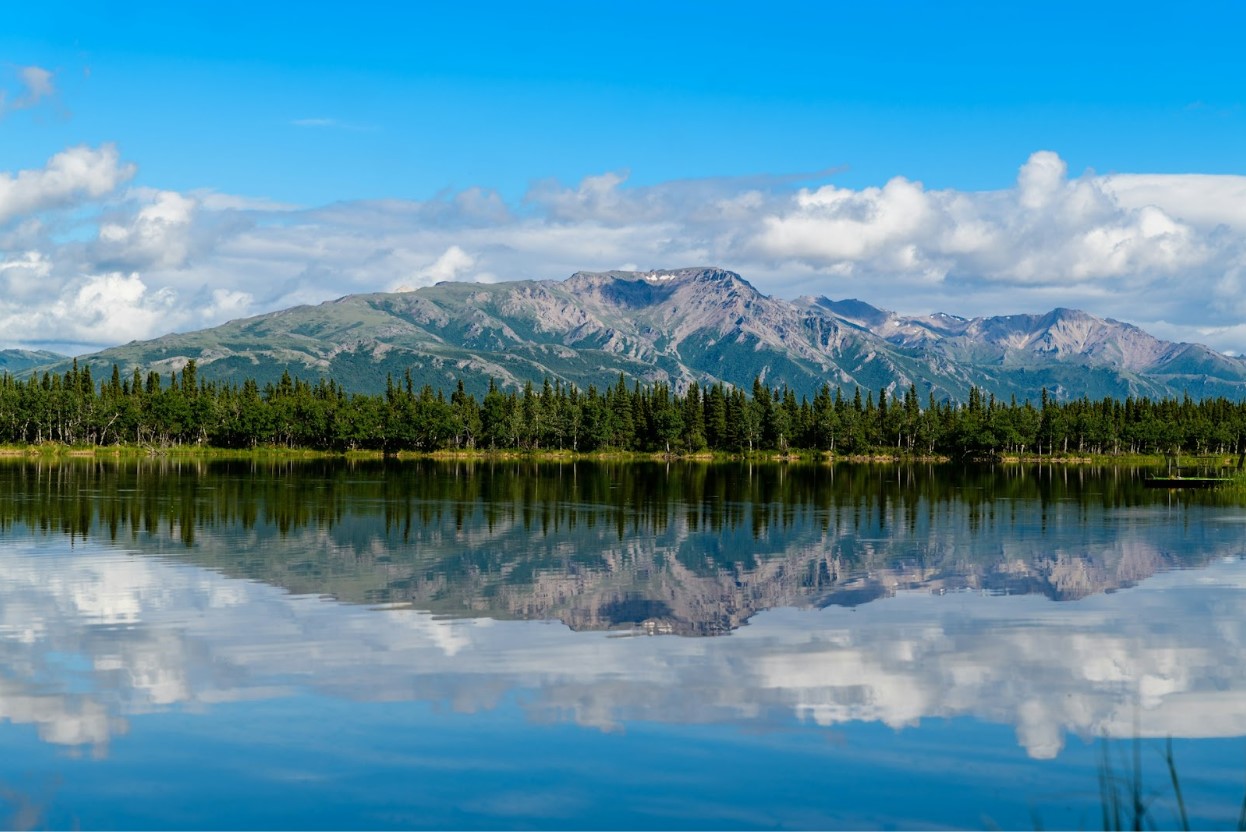
Source: Hari Nandakumar/Unsplash
The purchase was also somewhat political. With that $7.2 million in 1867, America also managed to weaken its future political rival, Russia, and established their power in the Asia-Pacific region.
Alaska Awareness
In the 1860s, when America was embroiled in the Civil War, many Americans didn’t have Alaska in their awareness. The state’s location, high above Canada, and seemingly barren, was far from the everyday lives of mainland Americans.

Source: Henry Bryan Hall/Frank Moore/Wikimedia Commons
William Seward pushed President Andrew Johnson to purchase the freezing landscape. But the idea wasn’t new. Seward’s predecessors also pushed for the sale. Finally, President Johnson approved the purchase.
Revenue Stream
Seward had the right idea despite oppositions calling the Alaska Purchase as “Seward’s Folly,” “Johnson’s Polar Bear Garden,” ‘”Russian Fairy Land,” and “Walrussia.” He negotiated the price of 36 cents per acre.
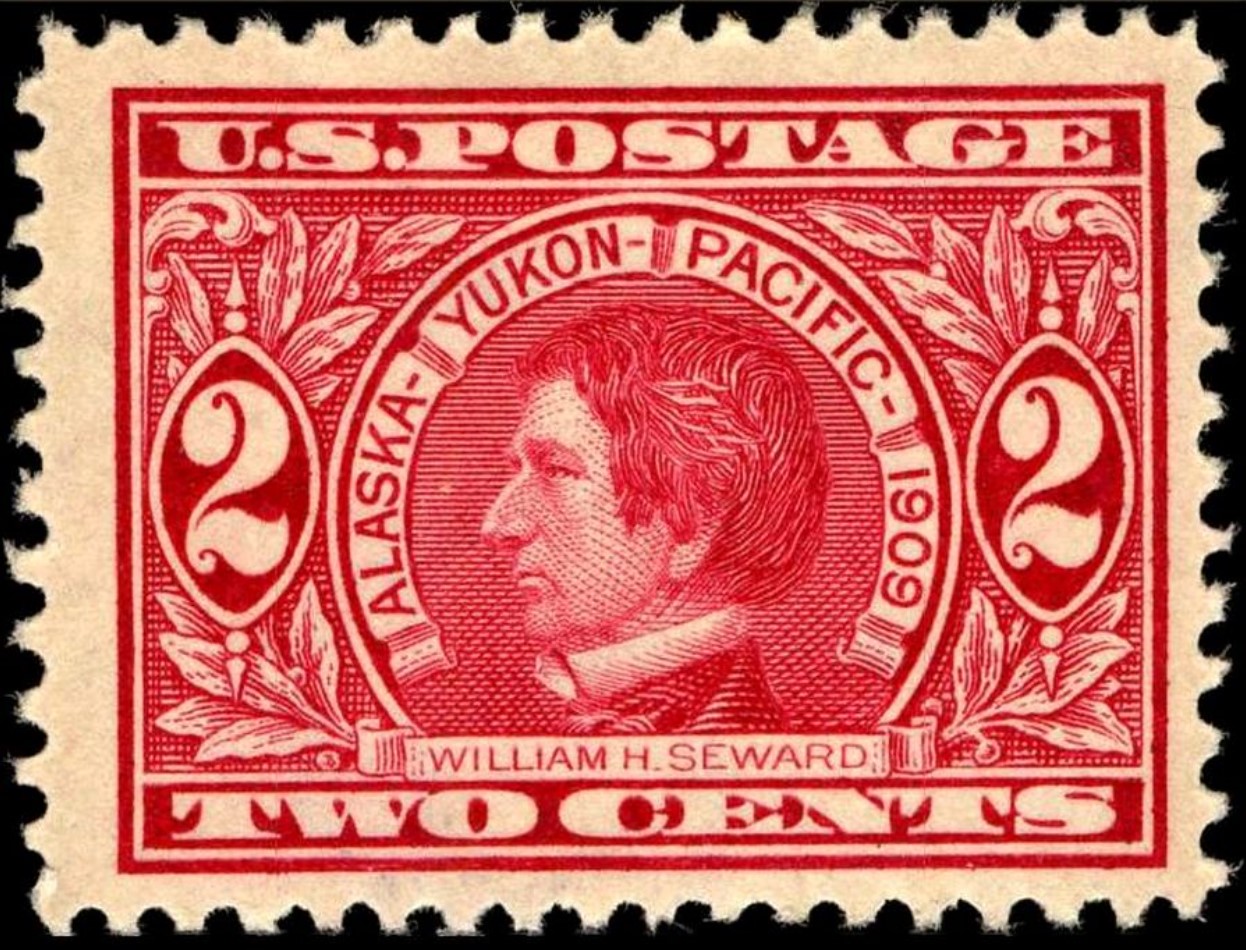
Source: Bureau of Engraving and Printing/U.S. Post Office/Smithsonian National Postal Museum/Wikimedia Commons
He saw the potential for a revenue stream, thanks to Alaska’s oil and gold. Later on, the U.S.A. also gained revenue from Alaska tourism.
Russia’s Regret
Looking back at history in 2024, Russia might now regret the sale. At the time of purchase, Tsar Alexander II might also have been smarting from the decision.
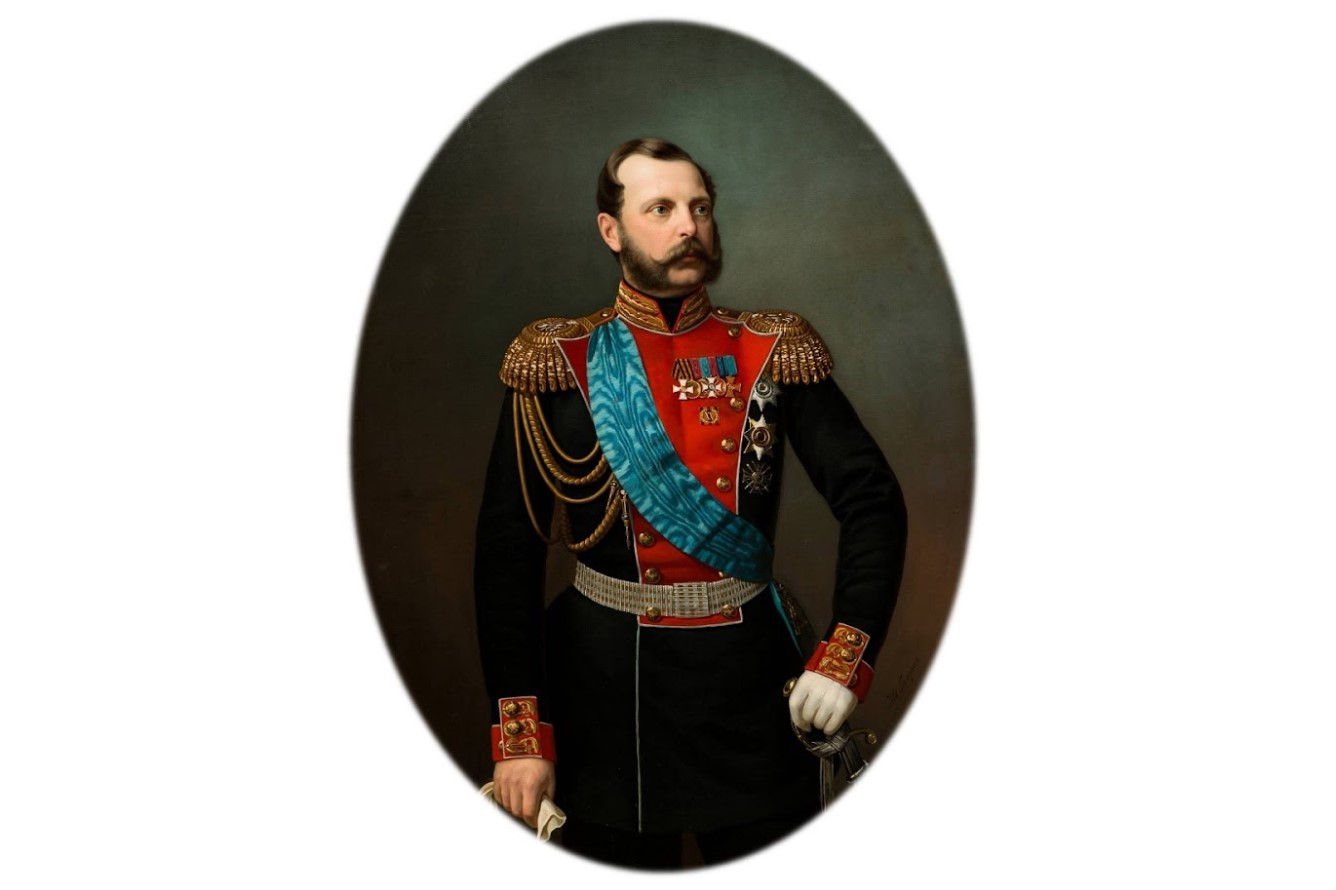
Source: Ivan Tyurin/State Historical Museum/Wikimedia Commons
After all, why would Russia let go of a land filled with resources located just 55 miles away from the eastern edge of the Russian empire? However, in 1867, the empire had no choice but to sell to the Americans.
Logistical Problems
One of the reasons for Russia’s move was logistics. Alaska was only one Bering Strait away from Russian land, but it was more than 4,000 miles from the capital of power — Moscow.
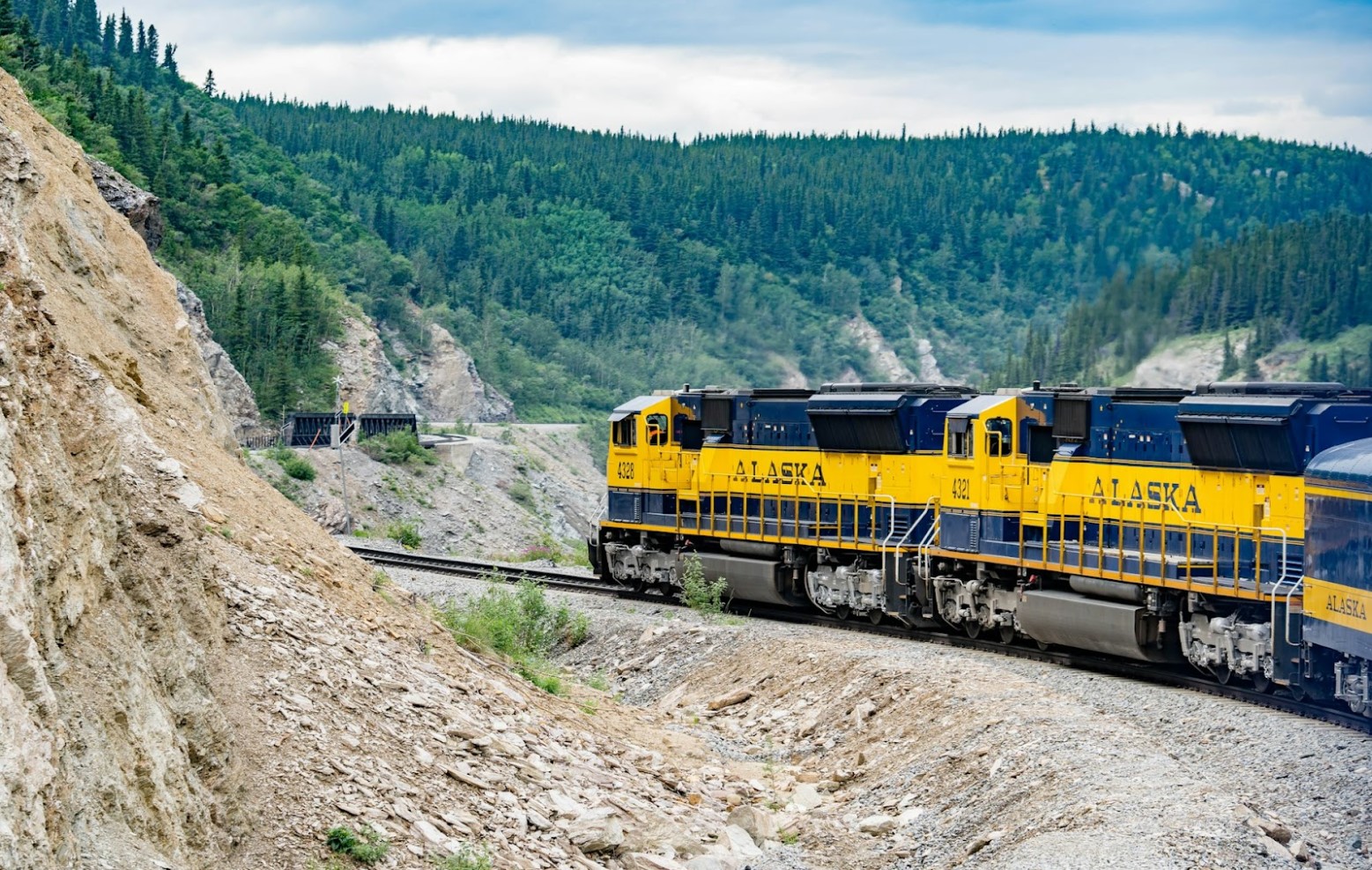
Source: Craig Vodnik/Unsplash
This distance made it hard to govern. Russia still had to work with Americans to colonize Alaska. Even then, it had never fully colonized the land.
No More Otters
Aside from that, the original reason for colonizing Alaska was gone. After arriving for the first time in 1732, Russian fur traders spent the next century hunting and harvesting sea otters.
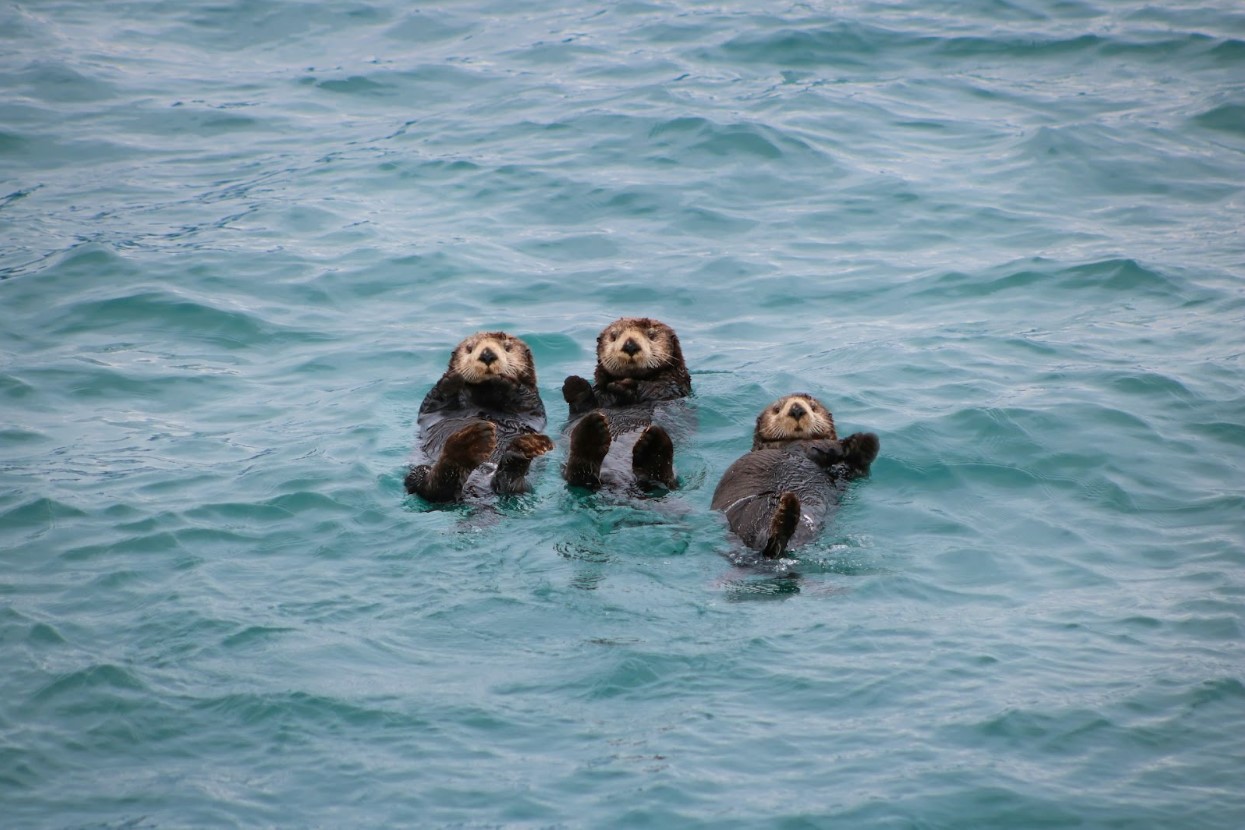
Source: Kedar Gadge/Unsplash
Sea otter fur was considered the finest in the world, making for a very lucrative trade in the international market. But by the 1850s, the marine mammals had been hunted to extinction. As such, there was no more reason for Russian traders to go there.
Avoiding a British Invasion
The last reason why Russia wanted to sell Alaska was simple: it needed money. After being defeated by the British, French, and Ottomans in the Crimean War, the empire needed funds… and quickly.

Source: cottonbro studio/Pexels
So, they sold an asset. Russia preferred Alaska to be owned by young America, a nation it had yet to have major issues with, instead of the “old invaders” of Britain. If Russia had just abandoned the land, there was a good chance Great Britain might have occupied it.
A Common Enemy
And, of course, avoiding Great Britain, with its reputation as a former colonizer of America, was a common goal that the young nation of the U.S. also shared.
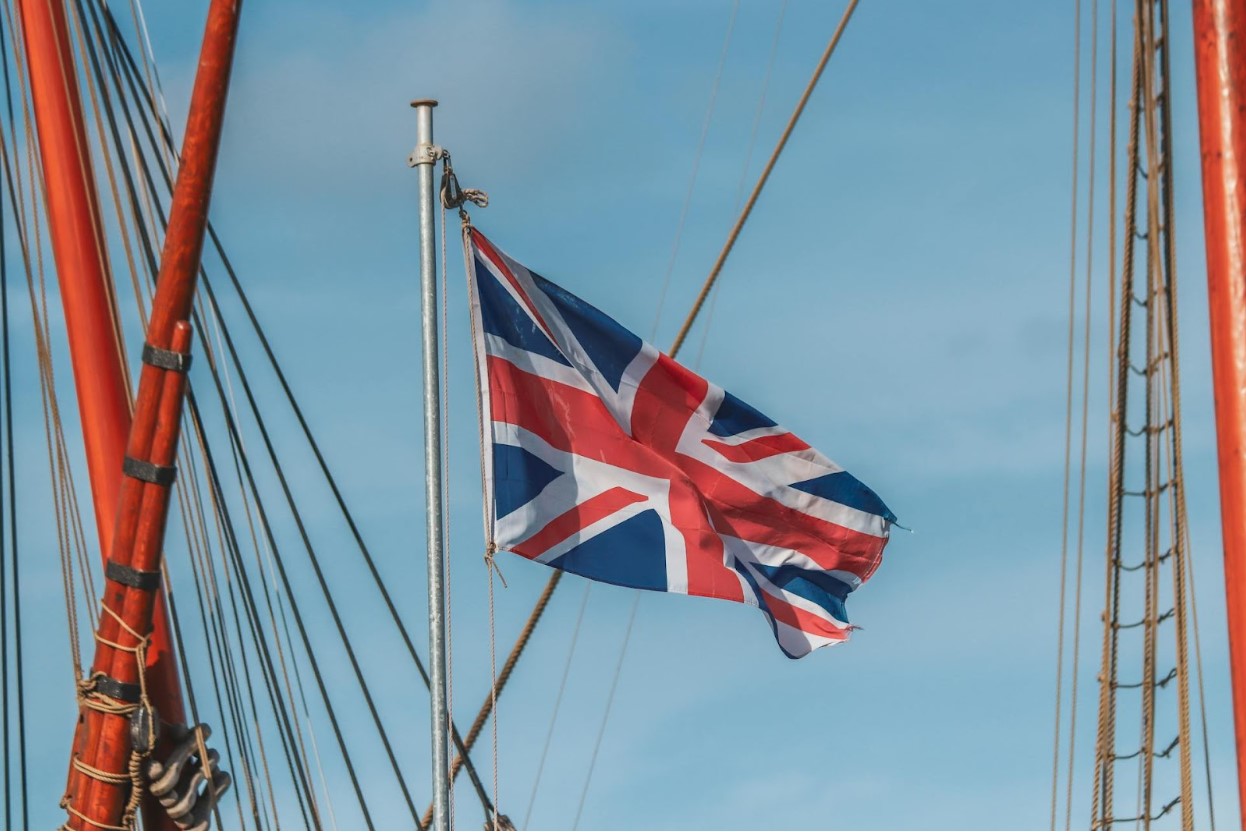
Source: Boys in Bristol Photography/Pexels
“The Amerians worried that England might try to establish a presence in the territory, and the acquisition of Alaska – it was believed – would help the U.S. become a Pacific power,” wrote the former Alaska State Representative William L. Iggiagruk Hensley in Smithsonian Magazine in 2017. “And overall, the government was in an expansionist mode backed by the then-popular idea of ‘manifest destiny.’”
Alaskan Natives Left Out
The contracts were signed on March 30, 1867. Russian flags were lowered and U.S. flags were raised. All seemed well. But what about the tens of thousands of indigenous people in Alaska?
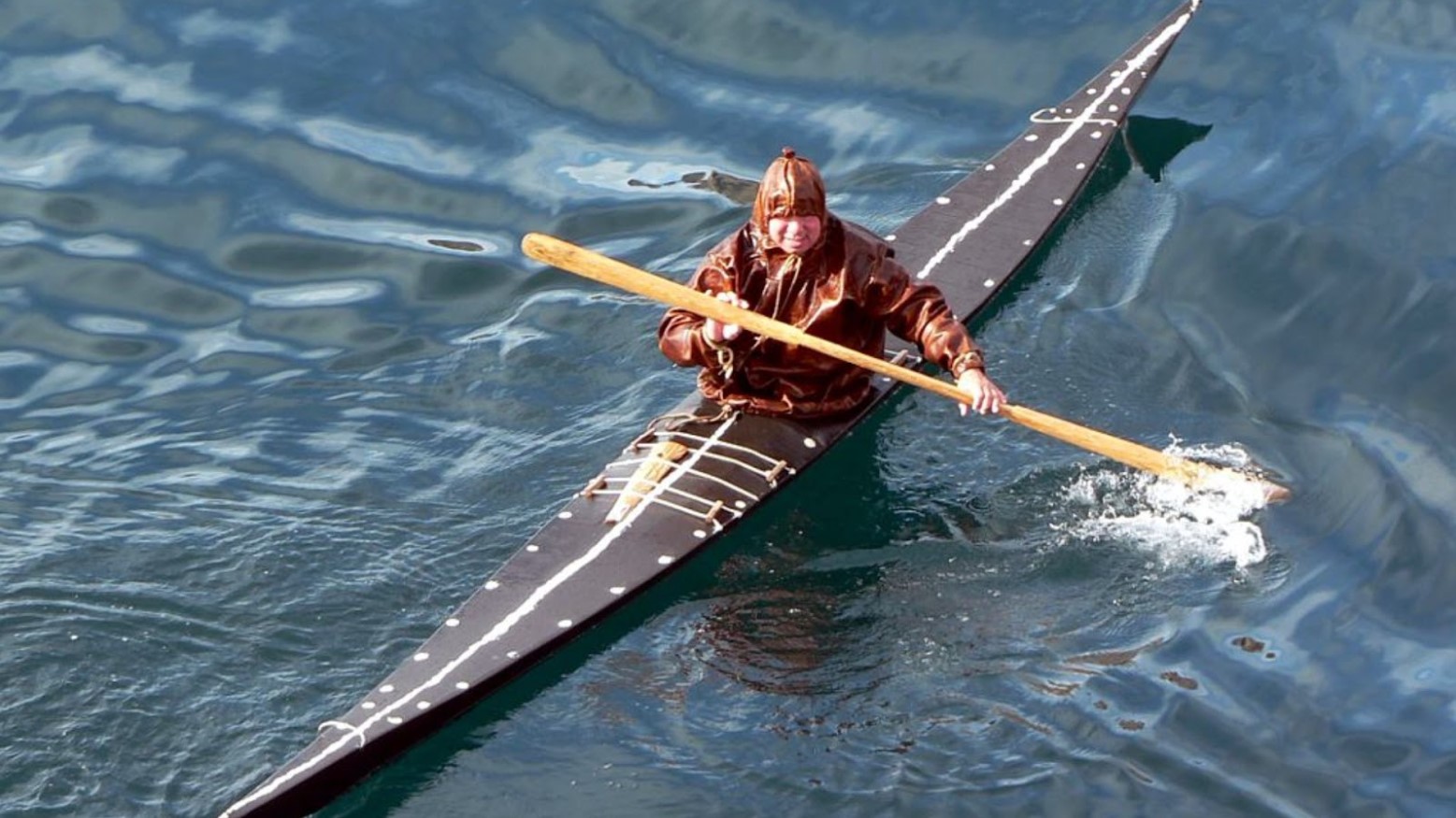
Source: David Stanley/Wikimedia Commons
Not a single Native Alaskan was spoken to. No one from the Inuit, Yupik, Aleut, Athabaskan, Tlingit, or Haida tribes was involved in the negotiations. Such was the fate of the indigenous people whose land was colonized by foreign forces.
Alaska’s Statehood
Alaska began turning a profit for the U.S. during the Klondike Gold Rush between 1896 and 1899. The rush brought an influx of people and industry.
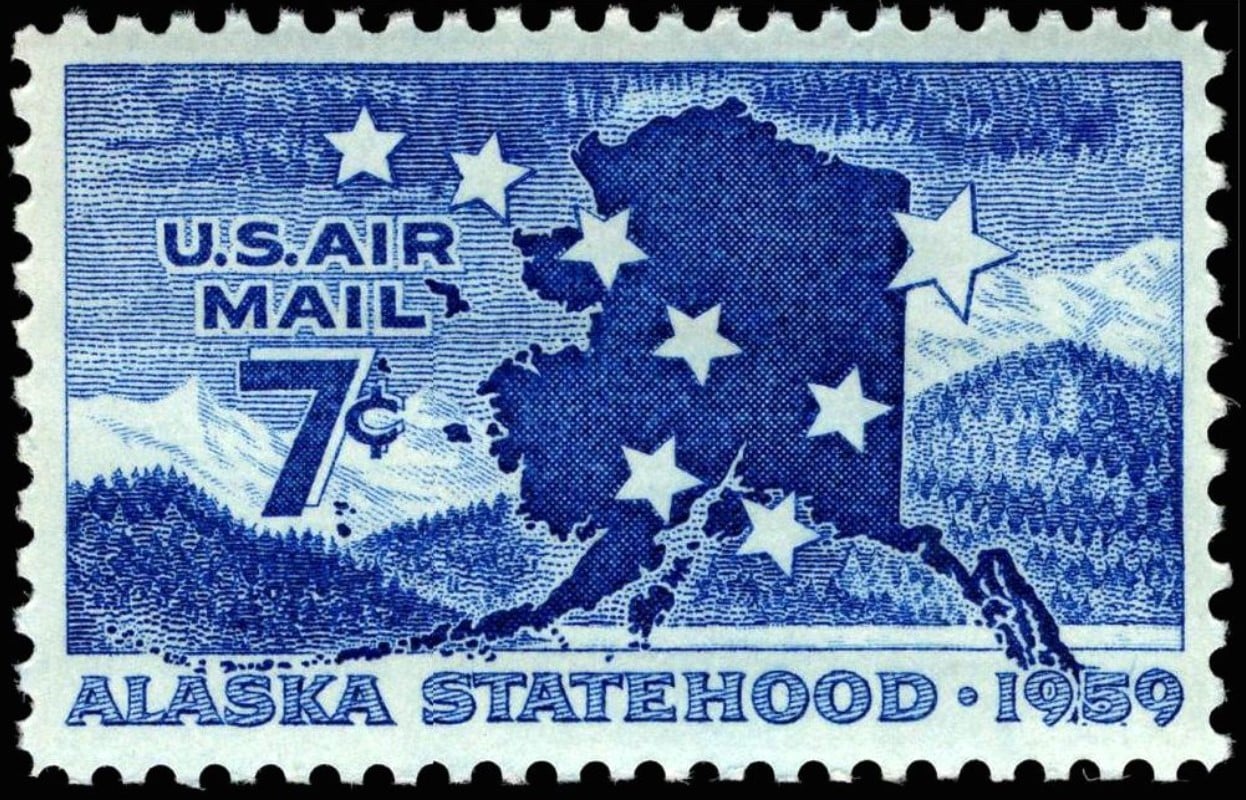
Source: Bureau of Engraving and Printing/U.S. Post Office/Smithsonian National Postal Museum/Wikimedia Commons
But the situation for the Natives only improved in 1959 when Alaska (formerly named the Territory of Alaska) finally became a U.S. state. President Dwight D. Eisenhower signed the Alaska Statehood Act and part of it saw America cede more than 104 million acres of the territory to the natives.
Alaska Today
Today, Alaska’s population, based on the 2020 census, is 733,391 people. Alaskan Natives number 241,797 among the populace. Alaskans today still credit Seward for bringing democracy to the land.

Source: Joris Beugels/Unsplash
Meanwhile, Alaska remains of interest to the current president. President Joe Biden’s administration plans to restrict gas and oil leasing in 13 million acres of federal petroleum reserves to preserve wildlife and combat climate change.
